#bridget bishop
Text



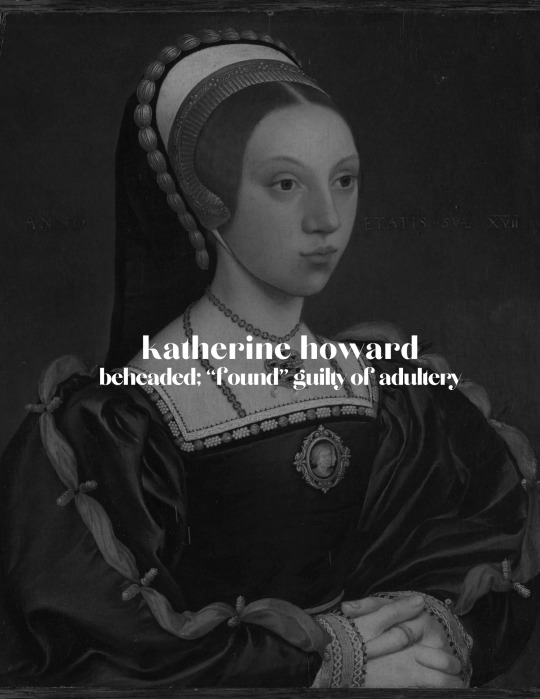
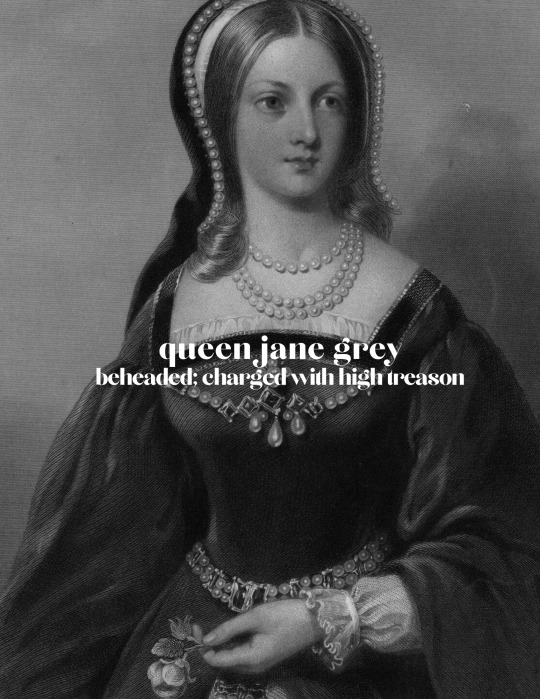
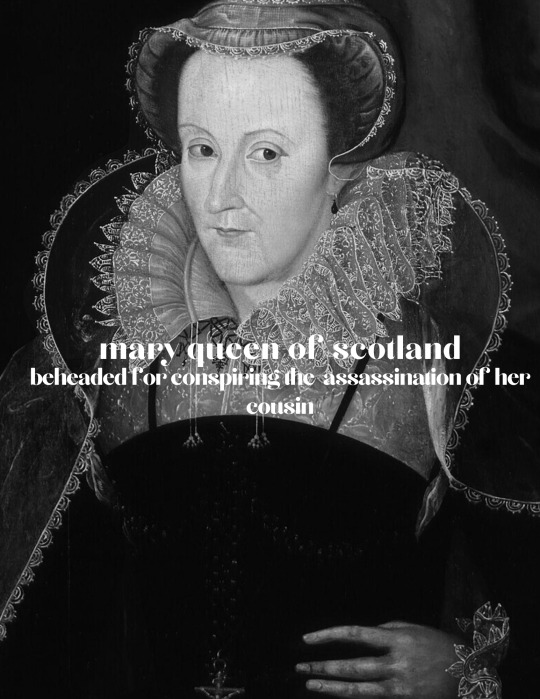
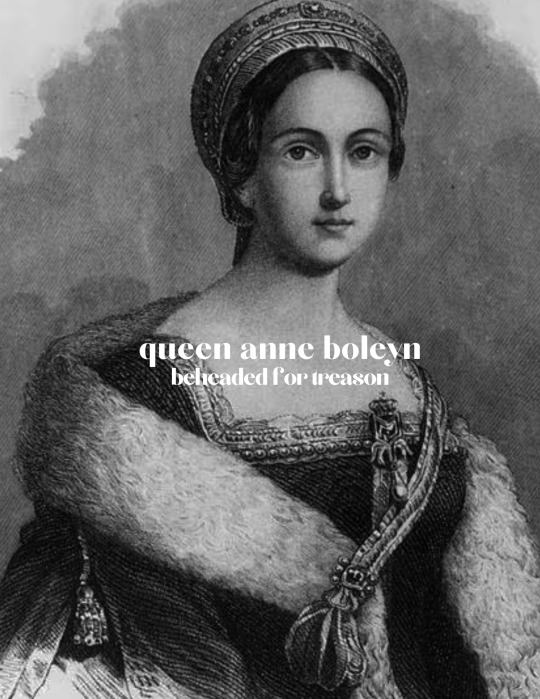


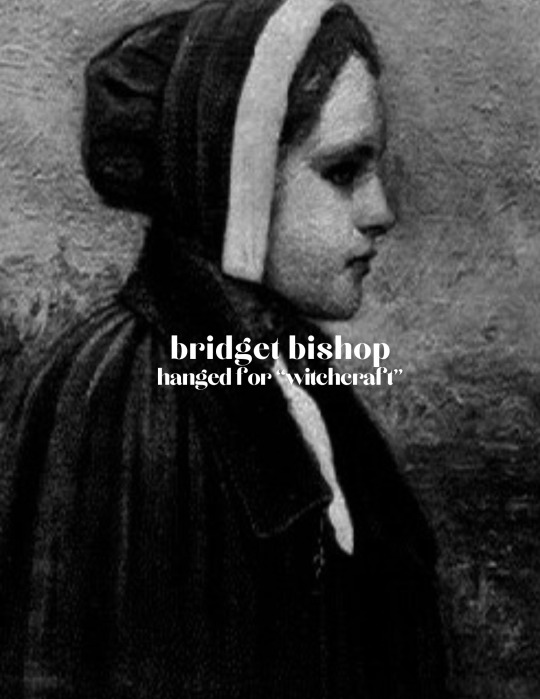


history + women who were executed
#some of them 10000% did not deserve exeution#history#jeanne d'arc#veronica ii of matamba#brunhilda of austrasia#katherine howard#queen jane grey#mary queen of scots#queen anne boleyn#maria of antioch#marie antoinette#bridget bishop#olympe de gouges#fannie efimovna
424 notes
·
View notes
Text
The disrespect shown towards historical figures like Marie Laveau and Bridget Bishop on this season of Halloween Wars has actually brought me to tears.
#i’m not even exaggerating#I am literally holding back tears rn#marie laveau#Bridget bishop#salem witch trials#Halloween#halloween wars#zak bagans#food network#ghost adventures
27 notes
·
View notes
Text
1692-Salem witch trials
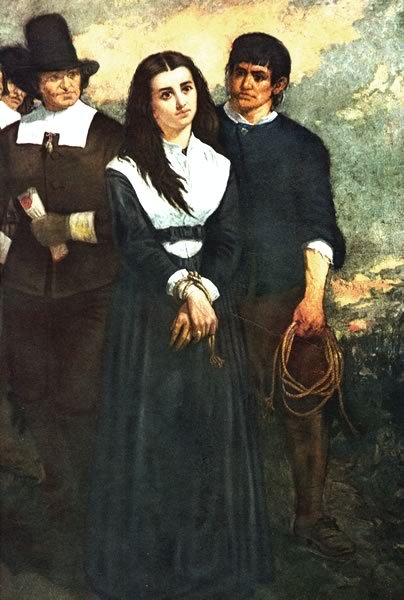
Bridget Bishop is hanged at Gallows Hill near Salem, Massachusetts, for "certaine Detestable Arts called Witchcraft and Sorceries".
2 notes
·
View notes
Photo

Bridget Bishop (c. 1632 – 10 June 1692) was the first person executed for witchcraft during the Salem witch trials in 1692. Nineteen were hanged, and one, Giles Corey, was pressed to death. Altogether, about 200 people were tried.
#Bridget Bishop#salem witch trials#victims of the witch hunt#witch hunt#XVII century#people#portrait#paintings#art#arte
7 notes
·
View notes
Text
Lack of sources on Folklore
Stupid people doing reviews
Ghost authors and Cultural Appropriation.
Yes, I need my piece of cake.
The lack of references when you write about Hispanic folklore, white heroes to the rescue, and assholes reviewing books they don't understand.
The most complicated part when you write about the folklore of your land, your people, and your culture, which is not part of the United States of America, is writing with that voice in your head that constantly repeats to you "they are going to judge your work, they are going to read the halfway through the book and they're going to give you a low review to make sure no one else reads the book", especially since you don't have any references to back up what you say, and today's book-buying witches are terribly more focused on getting the references than you are not quoting - to run out and buy the next book without even putting into practice anything they have just read - because clearly before you (as a Hispanic author) very few authors have talked about the subject or simply ignored it cause is "not commercial"
People doing reviews like "in this chapter, the author says that he saw his mother do this, and his grandmother was there, but where are the sources of this?".
That is why publishing houses prefer to hire white authors and give them false names and fake identities to sell them as authors of color because they can make up all the sources they want and no one is as critical of white authors appropriating minority cultures as they are of non-white authors.
They read a Mexican author on a Mexican topic and do a review like "the author does not have enough sources", while the author is someone authentic from that people, from that culture, they are trying to bring representation to their culture, suddenly the same stupid people read a white man posing as a woman of color to write about Mexican folklore and they respond "this is the best book on the subject I have read all my life.
Suddenly even Angelie Belard, Alysha Brown, Allycia Rye, Bridget Bishop, and everyone in Hentopan Publishing, know more about being white people than the people of color from who they have been stealing material for two decades.
#angelie belard#alysha brown#allycia rye#bridget bishop#hentopan#hentopan publishing#cressida stone#judika illes#amy blackthorn#cultural appropriation#ghost authors#black people#black witches#black witch#black author#weiser books
4 notes
·
View notes
Photo

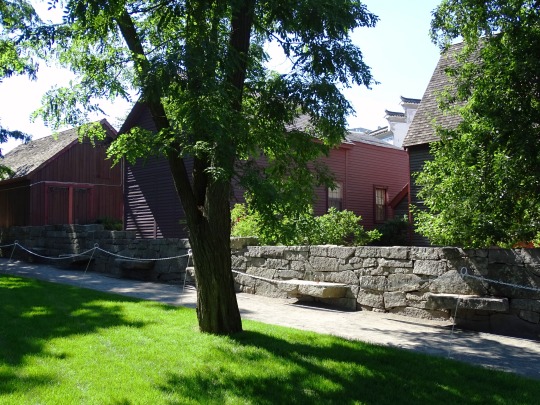
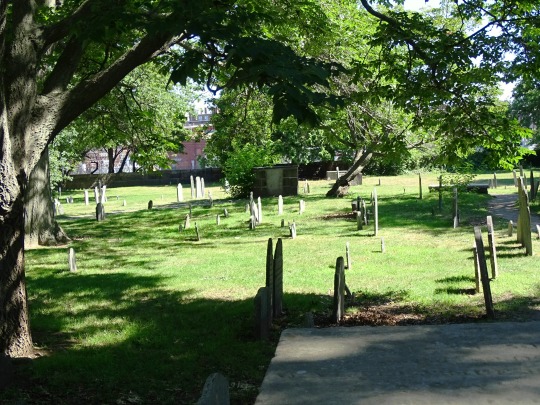


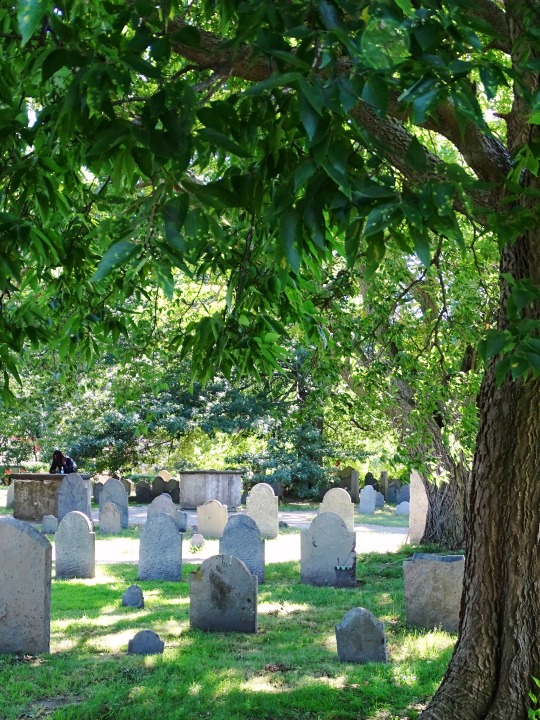
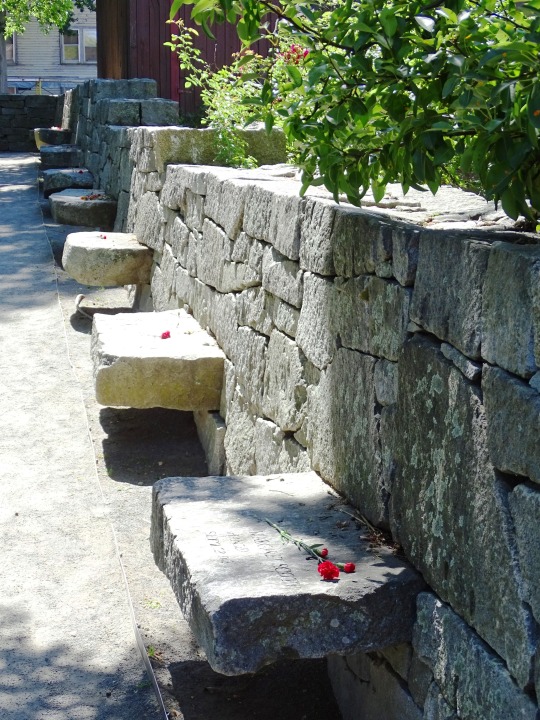
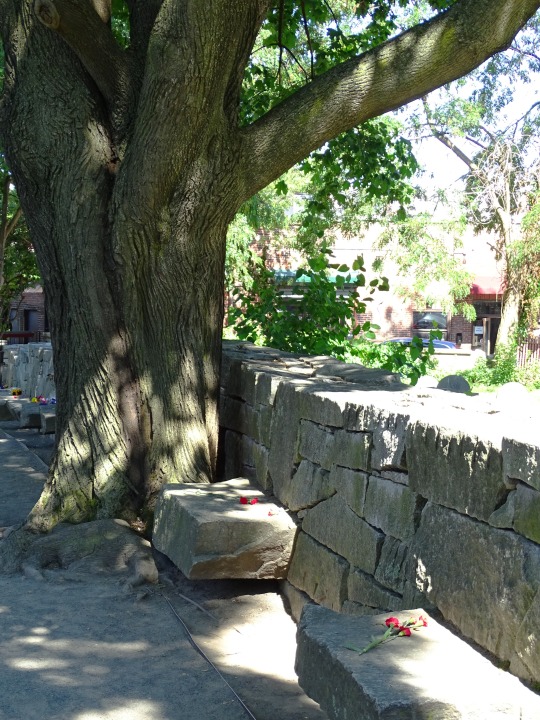
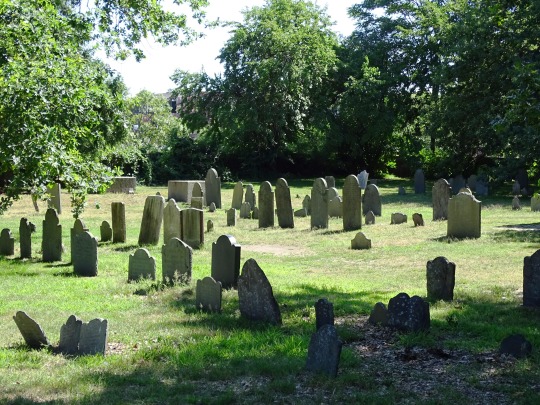

Bridget Bishop was the first person to be tried for witchcraft in Salem, Massachusetts on June 2, 1692.
#The Salem Witch Trials Memorial by Maggie Smith and James Cutler#Salem#USA#Massachusetts#New England#summer 2018#original photography#architecture#cityscape#Bridget Bishop#witchcraft#2 June 1692#travel#Old Burying Point Cemetery#tombstone#US history#330th anniversary#tourist attraction#landmark#Charter Street Burying Point#flower#lawn#tree#nature#flora#vacation
4 notes
·
View notes
Text
A Brief History of Witchcraft in Norwich and East Anglia | Cultura Obscura
https://www.culturaobscura.com/history-of-norwich-east-anglia-witches-matthew-hopkins/
Bridget Bishop and the connection to Norfolk, UK.
1 note
·
View note
Text
*points at you* that jacket is so cool you must have bought it from satan himself so now we have to kill you
#this is genuinely how i believe the salem witch trials happened#bridget bishop#salem witch trials#witch hunts#for legal reasons this is a joke
1 note
·
View note
Text
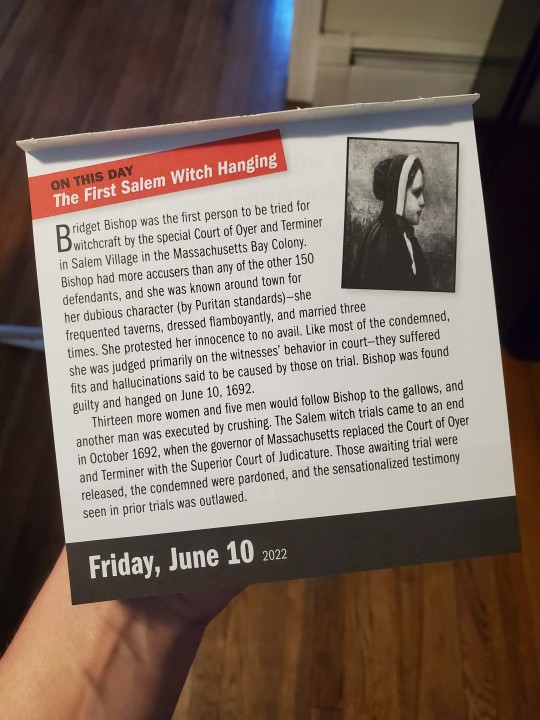
#true crime#true crime obsessed#true crime of the day calendar#late post#Salem#salem massachusetts#massachusetts#salem witch trials#salem witches#witches#feeling witchy#witchy witch#true stroy#Bridget Bishop#condemned#gallows#trial#witchcraft
0 notes
Text
just some characters which I relate









#greys anatomy#the office#april kepner#george omalley#michael scott#shameless#lip gallagher#bridget jones#merida#ribelle#disney#jess mariano#gilmore girls#how i met your mother#robin scherbatsky#station 19#maya bishop
97 notes
·
View notes
Note
The op of that post doesn't like Ragnarok just fyi
And my husband doesn't like the movie Rudy, but I haven't divorced him or anything.
7 notes
·
View notes
Text
Red, White & Royal Blue (2023) Review
A feud between Alex Claremont-Diaz the son of the American President and Prince Henry part of the British monarchy gains international media attention due to an incident, they must work together in order to repair the American/British relationship but it was never going to be that simple.
⭐️⭐️⭐️⭐️
Continue reading Untitled

View On WordPress
#2023#Akshay Khanna#Amazon Original#Amazon Prime#Amazon Prime Video#Aneesh Sheth#Annabella King#Based on a Novel#Bridget Benstead#Casey McQuiston#Charles Nishikawa#Comedy#Ellie Bamber#Jemma Redgrave#Joy-Ann Reid#Martin Bishop#Matthew Lopez#Michael Ayala-Cole#Nicholas Galitzine#Prime Video#Rachel Hilson#Red White & Royal Blue#Review#Rita Estevanovich#Rom Com#Romance#Romantic Comedy#Sarah Shahi#Sharon D. Clarke#Stephen Fry
2 notes
·
View notes
Note
I FUCKING FORGOT BILL HAD A CANON LAST NAME I am a clown. Thx for ur input tho :3 I like some of urs :D
Of course! I threw in my input for your L4D2 names too! It’s clear you put a lot of effort into these and I commend you for it!!! A+!!!
#Fun fact!#Each surname i have for the l4d characters#directly corresponds to a special infected#here’s an easy one: Nick’s last name is Bishop#This is after Bridget Bishop#the first ‘witch’ hung during the Salem witch trials
4 notes
·
View notes
Text
Where Evil Hides by Melinda Woodhall
Where Evil Hides by Melinda Woodhall
Published: July 8, 2022
Creative Magnolia
Pages: 328
Genre: Crime Fiction
KKECReads Rating: ⭐️⭐️⭐️⭐️⭐️
I received a copy of this book for free, and I leave my review voluntarily.
Melinda Woodhall is the author of the new Veronica Lee Thriller series, as well as the page-turning Mercy Harbor Thriller series. In addition to writing romantic thrillers and police procedurals, Melinda also…
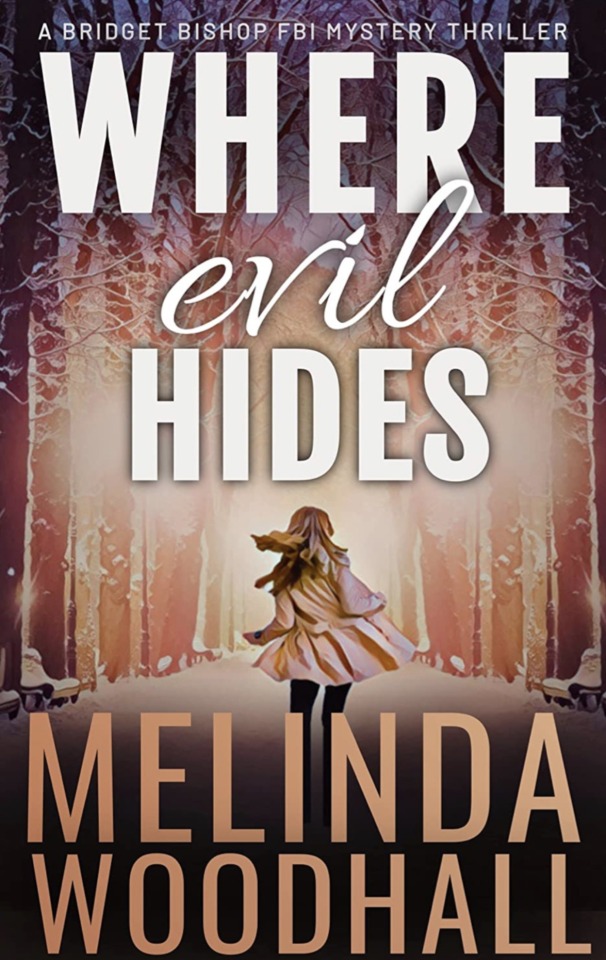
View On WordPress
#5 stars#amazon#approved#arc#available now#blog#blogger#blogging#book#book 3#book blog#book blogger#Book review#booklr#Books#BookSirens#BookSirens arc#bookstagram#bookstagrammer#Bridget bishop series#creative magnolia#dark#family#fiction#good#goodreads#intense#katy#Katy approved#katy approves
0 notes
Text
Hi, Salem Massachusets is a really fun place to visit, but while you’re listening to the accordion-playing werewolf and eating your caramel apple, please also remember the names of the people who died there in 1692-3, most of whom were executed by a corrupt justice system for a crime that didn’t actually exist:
Bridget Bishop
George Burroughs
Martha Carrier
Giles Corey
Martha Corey
Lydia Dustin
Mary Eastey
Ann Foster
Sarah Good
Unnamed infant of Sarah Good
Elizabeth Howe
George Jacobs
Susannah Martin
Rebecca Nurse
Sarah Osborne
Alice Parker
Mary Parker
John Proctor
Ann Pudeator
Wilmot Redd
Margaret Scott
Roger Toothaker
Samuel Wardwell
Sarah Wildes
John Willard
There are two memorials in town, one at the Charter Street cemetery, and the other at the site of the executions on Pope Street. Please visit them.
2K notes
·
View notes
Note
what did cicely neville do in edward iv's reign?
Hi! Cecily’s entire role during Edward IV’s reign is too long and complex to fully get into right now, so this is just going to be a very brief overview. It’s also not going to touch on her relationship with her daughter-in-law Elizabeth, even though that's somewhat relevant here in some aspects, because that’s also too complex and speculatory.
Ironically, despite the Duke of York’s claims to kingship, it was only after his death and during her widowhood that Cecily Neville truly emerged as a “quasi-queen”. After her son Edward IV had been acclaimed as King in London, and before he left for Towton with the other lords, he summoned the mayor and “all the notables of London” to gather and “recommended them to the duchess his mother”. During his absence, Cecily would preside over his household in Baynard Castle and was probably meant to act as his representative of sorts in the city. After his kingship was more firmly established, Cecily primarily resided at Westminster with him from 1461-64 and regularly accompanied him on several ceremonial and political occasions, such as their visit to Canterbury where she was magnificently welcomed. She also appears to have had a great deal of personal and political influence with her son: Nicholas O’Flanagan, the contemporary Bishop of Elpin, observed in the first few years of Edward IV's reign, his mother could “rule the king as she pleases.”
Cecily’s role demonstrably changed after Edward’s marriage to Elizabeth Woodville in 1464. She remained the second-highest ranked woman in the country, but she took a significant step back from high politics (a la Joan of Kent after her son’s marriage to Anne of Bohemia). That does not mean that either of them suddenly became apolitical or uninvolved: quite the opposite*. Cecily remained the head of a large household, her administration supported her son’s, she continued to support a few religious institutions, she engaged in trade, she launched court cases, and she clearly inspired loyalty among her affinity. All of this was fairly standard for a medieval noblewoman, but was naturally enhanced by Cecily’s own prominent royal status. Cecily was godmother to at least three of the royal children: Elizabeth of York, her namesake Cecily, and the youngest child, Bridget. She also played a role in reconciling her son George to the Yorkist cause in 1471, though she did not have the spearheading role which has often been erroneously credited to her by historians (ie: “engineering peace between her warring sons”); instead, it was her daughters Anne and Margaret who took the leading role in achieving the reconciliation, while Cecily probably aided them. She was also clearly perceived to be influential with Edward IV, best evidenced by how the mayors of Norwich petitioned her to aid them against the Duke of Suffolk in 1480, though we don’t actually know the result of Cecily’s intervention to judge whether it succeeded or how effective it was**. Regardless, though, she evidently had a much lower national profile during these years.
(On a more personal level, we also have a very sweet anecdote from Elizabeth Stonor who spoke of a meeting between Cecily and Edward in October 1476 at Greenwich: 'and ther I sawe the metyng betwyne the Kynge and my ladye his Modyr. And trewly me thowght it was a very good syght’.)
Cecily’s numerous titles are also interesting. Immediately after Edward IV’s ascension, she called herself “the Kyngs Moder, Duchess of York”. Variations of the title included references to her late husband, but she primarily defined herself in relation to her son, through whom her current position and power derived. As Laynesmith says: "narrative accounts, particularly chronicles, had naturally used the phrase ‘the king’s mother’ to describe women in the past, especially Joan of Kent. However, it was Cecily who turned this into a specific title in her letters and on her seals." A few months after Edward's marriage was announced, Cecily adopted a new title, now styling herself as: “By the ryghtful enheritors Wyffe late of the Regne off Englande & of Fraunce & off ye lordschyppe off yrlonde, the kynges mowder ye Duchesse of Yorke.” This referenced the Yorkist perception of her husband, Richard Duke of York, who was called the "true and indubitable heir" of England. In 1477, a herald for the wedding of her grandson Richard of Shrewsbury styled Cecily as “the right high and excellent Princesse and Queene of right, Cicelie, Mother to the Kinge”. This was once again linked to her husband’s status: Cecily described him in her letters as “in right King of England and of France and lord of Ireland”. All in all, Cecily’s various designations appear to have been designed to signify her own importance within the regime, to uphold the claim of her late husband, and to strengthen Edward IV’s position by promoting him as the son of the supposedly rightful heir. It’s also very possible, as Laynesmith has suggested, that “it was as her queenly power diminished [after the early 1460s] that her claims to queenship were more elaborately emphasized in wax and on parchment”.
Cecily’s role and prominence, and how it changed overtime, is best demonstrated by the number of times English subjects offered prayers for her soul in return for grants. Between June 1461 and September 1464, there are twelve instances of grants made to people who offered prayers for her. (To compare, during the first three years of Elizabeth Woodville's queenship, there were sixteen grants of the same type. So, Cecily didn't quite reach the level of the queen, but she came close; it was quintessential "quasi-queenship"). However, mentions of Cecily dramatically deceased following Edward IV's marriage: over the next 19 years till 1483, she is only mentioned five times, and in all cases Elizabeth Woodville was also listed before she was. Three of these mentions are in 1465, likely reflecting contemporary unease with her son's controversial marriage and the perceived unsuitable origins of the new queen. After that, however, Cecily is mentioned only twice: once in 1476 and once in 1481, with the latter being a grant to her own son-in-law Thomas St. Leger***. This fits well with what I mentioned above about her quasi-queenship in the early 1460s, followed by a much more reduced role and lower national profile in the future years.
Hope this helps!
*Oddly, Cecily is not mentioned at all in contemporary reports for her daughter Margaret’s wedding. Laynesmith believes that she was unwell, and that may as well be true, but Margaret's celebrations went on for a great period of time and it does seem conspicuous that Cecily was entirely absent from them all. It's also worth noting that a letter from the Milanese ambassador Giovanni Pietro Panicharolla on the marriage wrote that "the king, the queen, her father, and the king's brothers are all disposed to it" (sidenote: it's VERY interesting that the queen's father is mentioned before the king's own brothers and male heirs) but made no mention of Cecily. Nor, iirc, was she mentioned in the tournament held to celebrate Anglo-Burgundian relations. It does clearly seem as though Cecily did not play a notable role in the marriage, and relevant diplomacy, at all. (Laynesmith's claim that Cecily had "helped lay the ground for" the marriage because she *checks notes* dispatched both her sons to Burgundy in middle of a civil war 7 years earlier, with many fluctuations in Anglo-Burgundian relations in between, is, I'm sorry to say, nonsense).
** Laynesmith believes that "Cecily’s intervention to control Suffolk perhaps marked a turning point in the duke’s violent career because when he resorted to force again the following summer his victim successfully reclaimed the manor from which he had personally ejected her." I think that Laynesmith is being far too assumptive and that we don’t even know the result of Cecily’s intervention in 1480 to somehow credit her with entirely different case one year later that did not even involve her, lol.
***Even more oddly, Cecily’s own son Richard didn’t include her among the list for who to offer prayers for in his college in Middleham in 1478. This was despite the fact that he had included Edward IV, Elizabeth Woodville, his wife Anne, his sisters, his dead brothers and his dead father. It’s incredibly striking, and I wonder what could have happened to cause her exclusion, especially since she was included in religious foundations by both Edward and her son-in-law Thomas St. Leger? Laynesmith claims that "this rather suggests that Richard's own piety was not consciously influenced by hers", and sure, that seems obvious, but it certainly can't have been the only reason. Was she merely overlooked (unlikely), or did they have a quarrel at the time, or was it for another now-unknown reason? Whatever the case, it's a small but intriguing detail to me.
Sources:
"Cecily, Duchess of York" by J.L. Laynesmith
"A Paper Crown: The Titles and Seals of Cecily, Duchess of York" by J.L. Laynesmith (The Ricardian)
"Cecily Neville: Mother of Kings" by Amy License
28 notes
·
View notes